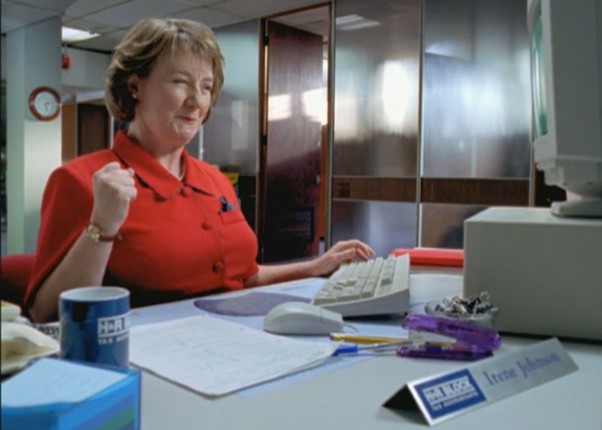If you go back 11 or so years, you might remember an H&R Block ad featuring a lovely tax agent named Irene Johnson. The ad features Irene finding a better deduction for her client, doing a quiet little fist pump to herself and then getting on with her work.
The beauty of what we do is that we get to have little fist pump moments like this all the time. Recently, however, we had a more ‘reached the top of the mountain’ kind of fist pump moment.
The kind that comes from achieving a significant saving for some new clients.
The kind that tends to come only when you go beyond an initial ‘win’ and dig deeper.
The situation on the surface
Frank and Sally are a husband and wife with two children over the age of 18 (one studying at university and the other not working yet). Frank is a business owner while Sally has not worked for the past two years.
When they came to us, even though the business was operated through a family trust structure, the entire business profit of $400,000 was being attributed to Frank.
Tax payable on $400k = $168,267
So, the first thing we did was speak with the family accountant to determine whether that $400k in profit could be distributed to his two children as well as the non-working spouse in Sally as beneficiaries. The accountant confirmed it could because there was no Personal Services Income (PSI) requirement due to the business’s operational structure.
This meant that right off the bat, we’d be able to split the $400k business profit between four people (Frank + Sally + two children) instead of attributing it to one (Frank).
Tax payable on $400k = $168,267
Tax payable on 4 x $100k = 4 x $24,187 = $96,748
Total tax savings = $71,519
What we discovered when we dug deeper
It would have been easy to be delighted with that initial result for the client. After all, $70k in tax savings is nothing to be sneezed at. But the whole point of going to a financial advisor is that even though we’re not accountants, we have a good working knowledge of the levers that can be pulled to achieve the best possible tax effectiveness for your family.
You might be aware that any amount you contribute to super each year up to $25k is taxed at a concessional rate of 15%. (And that anything beyond that is taxed at the individual’s marginal tax rate.)
You might also be aware that new legislation was introduced in 2017 allowing individuals to do ‘catch up’ contributions to their super as of the 2018/2019 tax year, so long as their total super balance was under $500k.
When we dug deeper into this family’s situation, we discovered both Frank and Sally:
- Had super balances under $500k
- Had not contributed to superannuation in any of the 2018/19, 2019/20 or 2020/21 tax years.
This created an opportunity to top up Frank’s super with $75k (3 years’ worth of $25k per year) and Sally’s super with $75k. Which meant the original $400k in income needing to be distributed was now reduced to $250k.
The family’s new tax situation looked like this:
Tax payable on $150k in super at 15% = $22,500
Tax payable on 4 x $62,500 = 4 x $10,887 = $43,548
Total tax payable = $66,048
And the tax savings now looked like this:
Original tax payable amount: $168,267
New tax payable amount: $66,048
Total tax saving: $102,219
Now you’re seeing why we weren’t doing an Irene-level quiet fist pump. The scenes in the office looked a bit more like this (forgive the stock image – my colleagues refused to pose for the re-enactment below!):
The benefit of an ongoing focus on your financial and lifestyle planning
It goes without saying that this kind of benefit to a client in their first year of advice with us is not typical. But what is typical is our desire always to dig deeper and go beyond the obvious.
For Frank and Sally, while the initial ‘win’ has endeared us greatly to them, the greater benefit for them in working with us is that effective tax planning is only one small part of the holistic service we provide.
We’re excited to see what else we can achieve for them now that we have an understanding of their lifestyle planning goals and what kind of life they want to lead, both now and in the future.
—
A version of this article originally appeared in Money & Life Magazine


